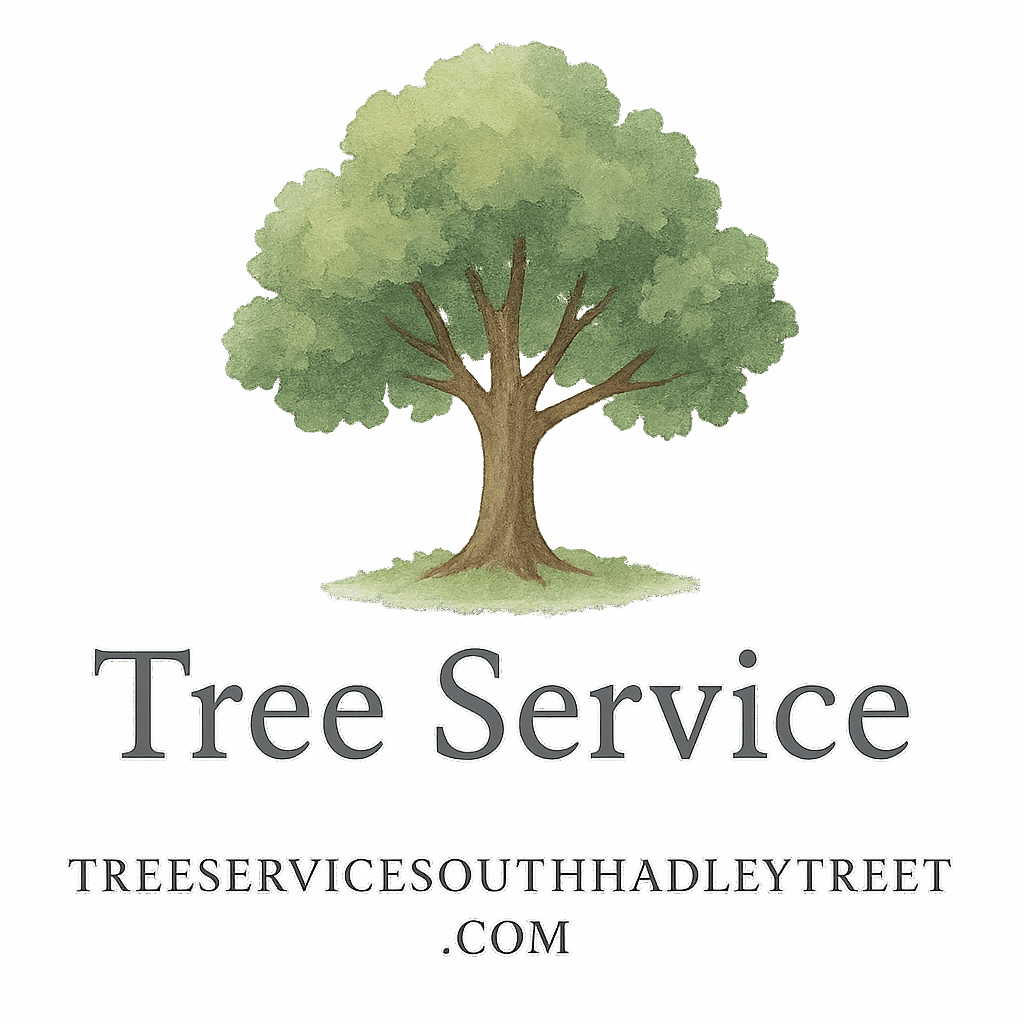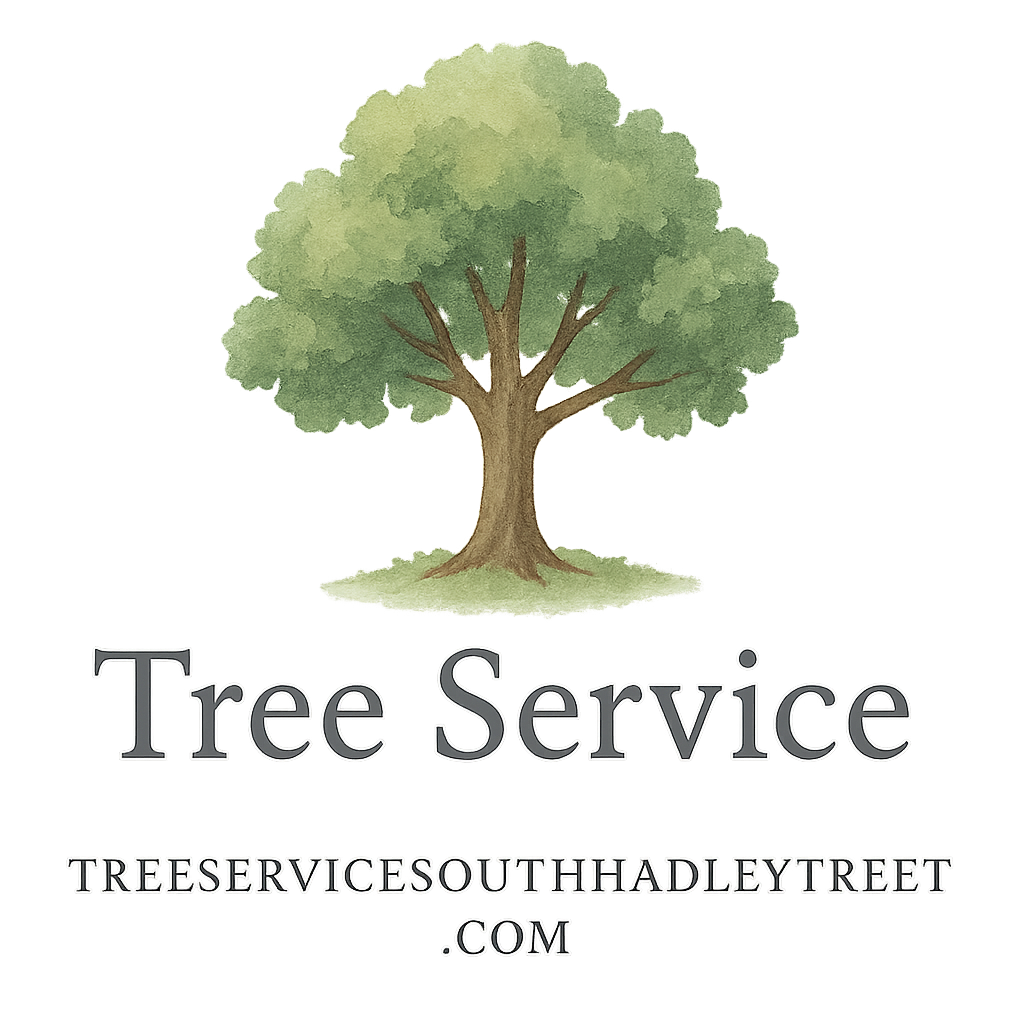Pests aren’t just annoying—they’re downright destructive when it comes to your trees. If you’ve ever seen your once-beautiful tree start wilting, losing leaves, or getting infested by strange bugs, you know the panic. But here’s the good news: tree service experts have a whole toolbox of solutions to keep your trees safe and healthy.
Let’s dive into 8 powerful tree service solutions for pest infestation issues and see how you can protect your landscape for the long haul.
Why Pest Infestation is a Big Deal for Trees
Pests are more than just an eyesore. Infestation can lead to:
- Reduced tree health and growth
- Spread of diseases
- Structural weakening
- Complete tree death
If left untreated, one sick tree could spread problems across your entire yard—or neighborhood. That’s why early intervention and professional help are critical. If you’re unsure about your tree’s health, explore this tree health and safety guide for more insights.
Common Signs of Pest Infestation
Before we talk solutions, let’s cover the tell-tale signs of pest issues.
Visible Leaf Damage
Notice chewed or discolored leaves? It’s one of the first clues that bugs have moved in.
Boring Holes in Trunks or Branches
Tiny holes often mean borers or beetles are burrowing inside, compromising the tree’s internal structure.
Tree Sap or Sawdust
Sticky sap, fine dust (called frass), or unusual oozing can be symptoms of insect activity. If you spot this, don’t wait—emergency tree services can help assess and act quickly.
Solution #1: Regular Tree Inspections
Getting your trees checked by a professional at least once or twice a year can be a game changer.
How Professionals Detect Early Pest Activity
Certified arborists use tools and experience to spot early signs you may miss. They look for subtle symptoms—discoloration, odd growth patterns, or hidden pests.
Why Seasonal Tree Service Matters
Trees react differently in each season. That’s why seasonal services are key. Whether it’s spring leafing or fall prep, timing inspections with seasonal changes helps keep pest populations in check.
Solution #2: Tree Trimming and Pruning
Sometimes, a good trim is the best defense.
Removing Pest Breeding Grounds
Overgrown branches and deadwood are party spots for pests. Pruning cuts down the real estate they love to occupy.
Promoting Airflow and Tree Health
Improved airflow discourages fungus and mold, while increased sunlight makes life harder for many insects. Learn more about the importance of tree trimming and removal and how it helps pest prevention.
Solution #3: Tree Removal for Severe Cases
Some trees can’t be saved—and that’s okay.
When It’s Time to Say Goodbye
If more than 50% of a tree is damaged or dead due to infestation, removal might be the safest route. This prevents the spread and opens space for new healthy growth.
Safety and Pest Containment
Fallen limbs and unstable trees are dangerous. Don’t risk it—especially after storms. Check out this article on storm damage and emergency services.

Solution #4: Soil and Root Care
Pest resistance starts below ground.
Boosting Tree Immunity from the Ground Up
Healthy roots mean stronger trees. Mulching, composting, and proper watering create a soil environment where pests have a harder time gaining a foothold. Here’s more on tree service basics to build a strong tree care foundation.
Solution #5: Integrated Pest Management (IPM)
This eco-friendly strategy combines multiple methods to manage pests with minimal chemicals.
Natural vs. Chemical Controls
Biological controls (like beneficial insects), traps, and selective chemical applications target pests while preserving helpful organisms. Want more comparisons? Dive into this tree service comparison guide.
Solution #6: Emergency Tree Services
When pests hit hard—especially after a storm—speed is everything.
Dealing with Sudden Infestations After Storms
Storm-damaged trees are more vulnerable to pest attacks. Broken bark and exposed wood give bugs easy entry points. Emergency tree service professionals can jump in quickly to assess, treat, or remove at-risk trees.
Solution #7: Tree Health Monitoring Plans
Think of this like a tree’s annual check-up plan.
Staying Ahead of Recurring Pest Problems
A scheduled monitoring plan helps spot re-infestations early and track tree health over time. Whether it’s borers in the summer or fungal infections in spring, ongoing monitoring keeps you informed. Read more about healthy trees and prevention.
Solution #8: Hiring Certified Arborists
Want real results? Trust the pros.
Expertise Makes All the Difference
DIY pest control often does more harm than good. Certified arborists understand pest life cycles, treatment timing, and how to care for different species. Need help choosing? Here’s a guide on tree service costs and hiring professionals who fit your needs and budget.
Prevention Tips Every Homeowner Should Know
Even with professional help, there’s plenty you can do at home.
Tree Species Selection
Choose native or pest-resistant species for your area. Some trees naturally repel common local pests.
Landscape Planning for Pest Resistance
Avoid overcrowding, which limits airflow and encourages pests. Create space between plantings and use companion plants that deter insects. Visit our tree prevention checklist to make sure you’re on track.
Final Thoughts
Pest infestations can turn your peaceful backyard into a nightmare—but you don’t have to tackle it alone. These 8 tree service solutions for pest infestation issues offer a roadmap to protect your trees, your property, and your peace of mind.
If you suspect a pest problem or just want to stay ahead of the game, don’t wait. Visit Tree Service South Hadley TNTETS to get professional help tailored to your trees and your area.
FAQs
1. What are the most common tree pests in South Hadley?
Emerald ash borers, scale insects, and tent caterpillars are top culprits in this region. Check out more tree pest signs here.
2. How often should I schedule a tree inspection?
Twice a year is ideal—once in spring and again in fall for full seasonal coverage.
3. Can I treat pest issues myself?
Small problems? Maybe. But for anything larger, it’s safer and more effective to hire a tree service professional.
4. What’s the average cost for pest-related tree service?
It depends on the size of the tree, severity of the infestation, and treatment method. Compare tree service pricing here.
5. Are there tree services that offer organic pest control?
Yes! Many certified arborists now offer eco-friendly and IPM solutions.
6. Should I remove a tree if it’s infested?
Not always. A professional can tell you whether it can be saved. Learn about removal best practices.
7. Where can I get a quote for tree pest service?
You can request a quote directly from Tree Service South Hadley TNTETS.


